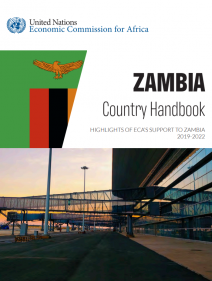In recent years, Zambia’s socio-economic and development prospects have been constrained by, among others, the COVID-19 pandemic which has adversely impacted on lives and livelihoods. Prior to the pandemic the economy had been facing several challenges including; high fiscal deficits, elevated debt levels and debt service, low international reserves, arrears owed to domestic suppliers of goods and services, tight liquidity conditions and subdued growth. Thus, the outbreak of the COVID-19 pandemic further undermined the already fragile economy which has been further weakened by the Russia-Ukraine war leading to rising domestic fuel and food prices.
The high levels of poverty and inequality in Zambia remain a concern. The Living Conditions and Monitoring Survey (2015) indicates that Zambia still ranks among the countries with high incidences of poverty and inequality in Africa and globally. This is despite several interventions made in education and skills development, health, water and sanitation, job creation and empowerment of citizens. However, total poverty reduced to 54.4 percent in 2015 from 62.8 percent in 2006 overall with poverty being higher in rural areas at 76.6 percent compared to 23.4 percent in urban areas. Yet overall extreme poverty remained high at 40.8 percent being also higher in the rural areas at 60.8 percent. These persistently high poverty levels in rural areas were mostly attributed to households’ inability to afford agricultural inputs, low wages or salaries and lack of capital to start or expand own business.

